Max Creasy on the future of architectural photography and a shift to the ‘snapshot’
A show of photographer Max Creasy’s work opens at the AA in London, asking a key question: where is contemporary architectural photography heading?
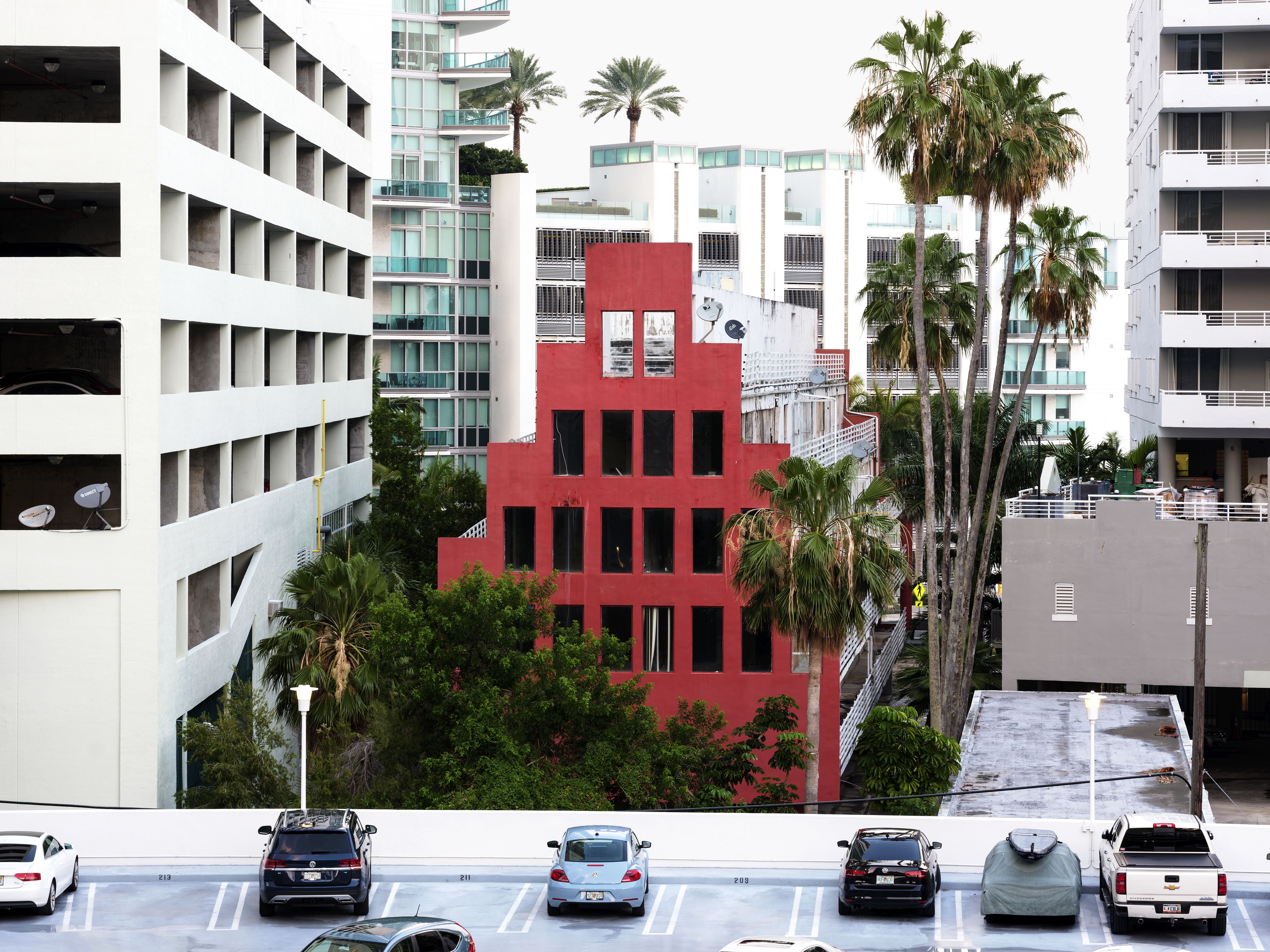
With his new London exhibition, architectural photographer Max Creasy is inviting us to a timely conceptual exploration. Opening at the Architectural Association (AA) this week, the photographic exhibition 'Bad Language', featuring Creasy's art shot in conjunction with a series of architecture studios across Europe, poses a key question: where is contemporary architectural photography heading?
The Australian-Norwegian photographer zooms in on the shift currently experienced in the field and investigates new approaches, in particular, the role and aesthetic of the 'snapshot' in capturing architecture within 21st-century photography. We caught up with the artist, who is based between London and Berlin, to find out more.
Max Creasy on the 'snapshot' in contemporary architectural photography
Wallpaper*: Why 'Bad Language'? What inspired the title of the show?
Max Creasy: The idea is that within formal architectural photography, the snapshot would be considered ‘bad language’ – a type of profanity. The title also touches on what some have considered bad architecture in the past, which several of the young architects in the show reference in their work. But the actual inspiration for the use of ‘bad language’ comes from a conversation I had with the architect Job Floris (co-founder of studio Monadnock), where he told me he and David Kohn would say to each other, ‘Keep up the bad work!’
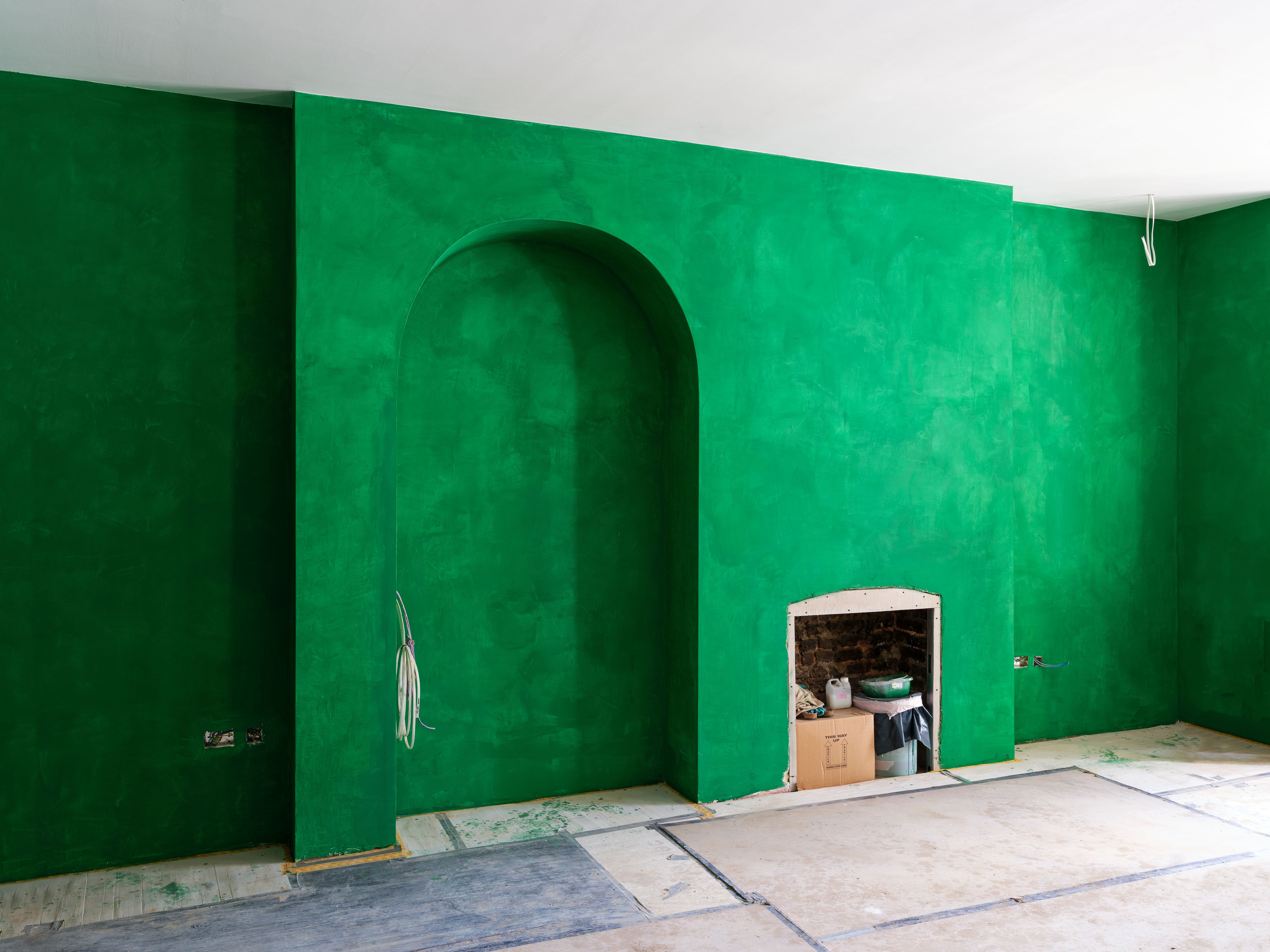
The Green Room: ‘Peter Doig’s kitchen painted by Peter Doig during the renovation of his terrace house in London by Hayatsu Architects. This humble kitchen shows [founding director] Takeshi Hayatsu’s continuous collaborative work on the material surface of architecture via ornament, colour and finishes.'
W*: How would you define a 'snapshot'?
MC: I think a snapshot is a photograph that is perceived as being amateur; it has a casual composition but has the potential to be more intimate as there is a casual relationship between the photographer and the subject.
What I find interesting about a snapshot, particularly in an architectural context, is that I see it as a form of vernacular photography that taps into a recognisable act of using flash, which suggests presence and our understanding of intimate family pictures. I am interested in bringing a more humane aspect to architectural photography.
Receive our daily digest of inspiration, escapism and design stories from around the world direct to your inbox.
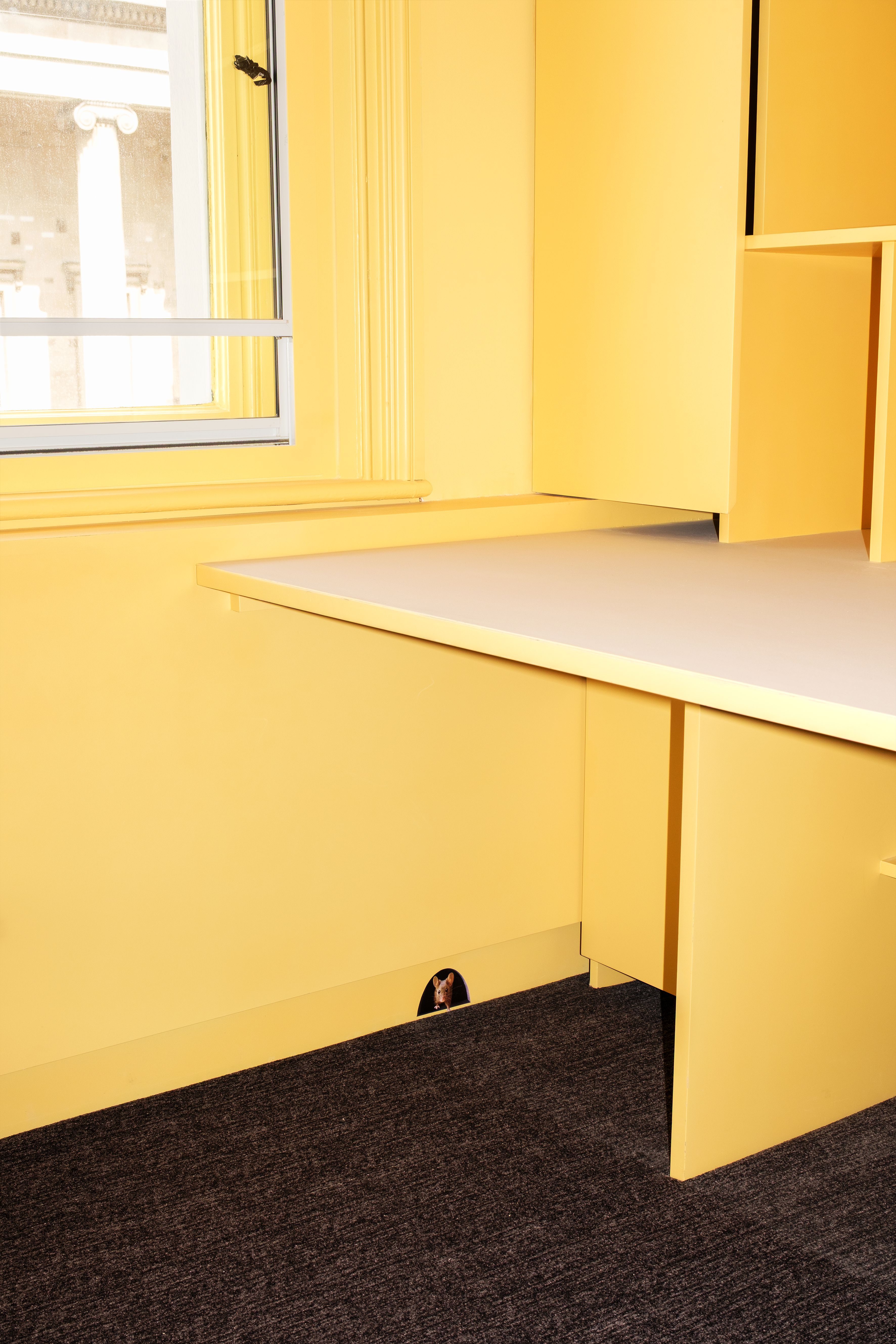
Mouse: 'A mouse sticker applied by the builders during the renovation of the historic Great Portland Street in London, which faces the British Museum. [Architects] OMMX’s simple intervention, led by the use of yellow, readily embraces the complexity of everyday life – and of course, this includes the relatively tacky sticker.'
W*: Could snapshots be seen as an act of rebellion?
MC: I think within the very staged world of architecture and its representation, yes. Historically, [this has] been very focused on the isolated representation of the architectural form itself. In this world, there is very little suggestion of context or human life, particularly in an everyday sense. But context and life are all things architecture contains and are a very important part of the whole, [the] story.
[Snapshots’] role has been mostly limited to just the travel reference photography of famous architects. I think the snapshot has mostly sat a little outside architectural photography in an art reference position – work like John Divola’s Zuma [series, of an abandoned building between 1977 and 1979] and Wolfgang Tilmans’ [2014 Venice Biennale installation] Book for Architects, for instance. Architectural photography is almost only understood to be taken with a tripod and thus staged.
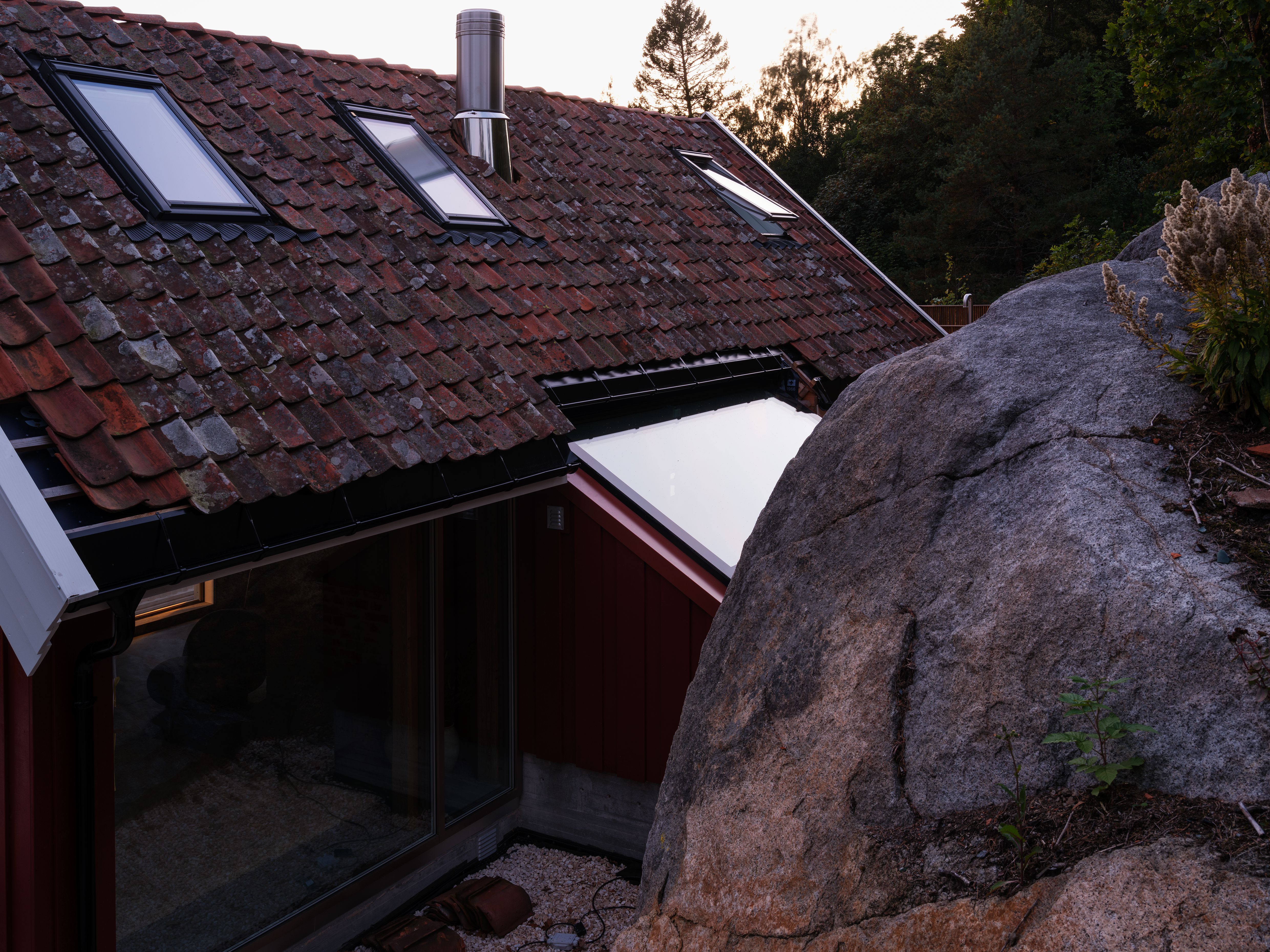
Hearth House: ‘A new north-facing wall allows indirect sunlight into the 18th-century storehouse transformation by Kastler Skjeseth Architects. Framed by a rock face, it stands in contrast to the vernacular appearance of the intervention’s three most visible sides. In other words, certain period renovations created areas of freedom that allowed for a more radical approach to the north wall, placing the entire project in a productive tension.'
W*: What is the role of the snapshot in your work as an architectural photographer?
MC: I see the snapshot as one of several tools within my toolkit that I can use as part of my conversations with architects and their work. Traditionally, there has been a lot of focus on the birth of a building, when it is conceived by the architect and nobody has moved in – a pristine state. The occupation of the building is largely overlooked.
So when I’m trying to discuss life, particularly the human one, I think it has the potential to be engaging. Modern camera technology allows you to hand-hold the camera and still get very detailed images that were once only reserved for shooting on large-format cameras.
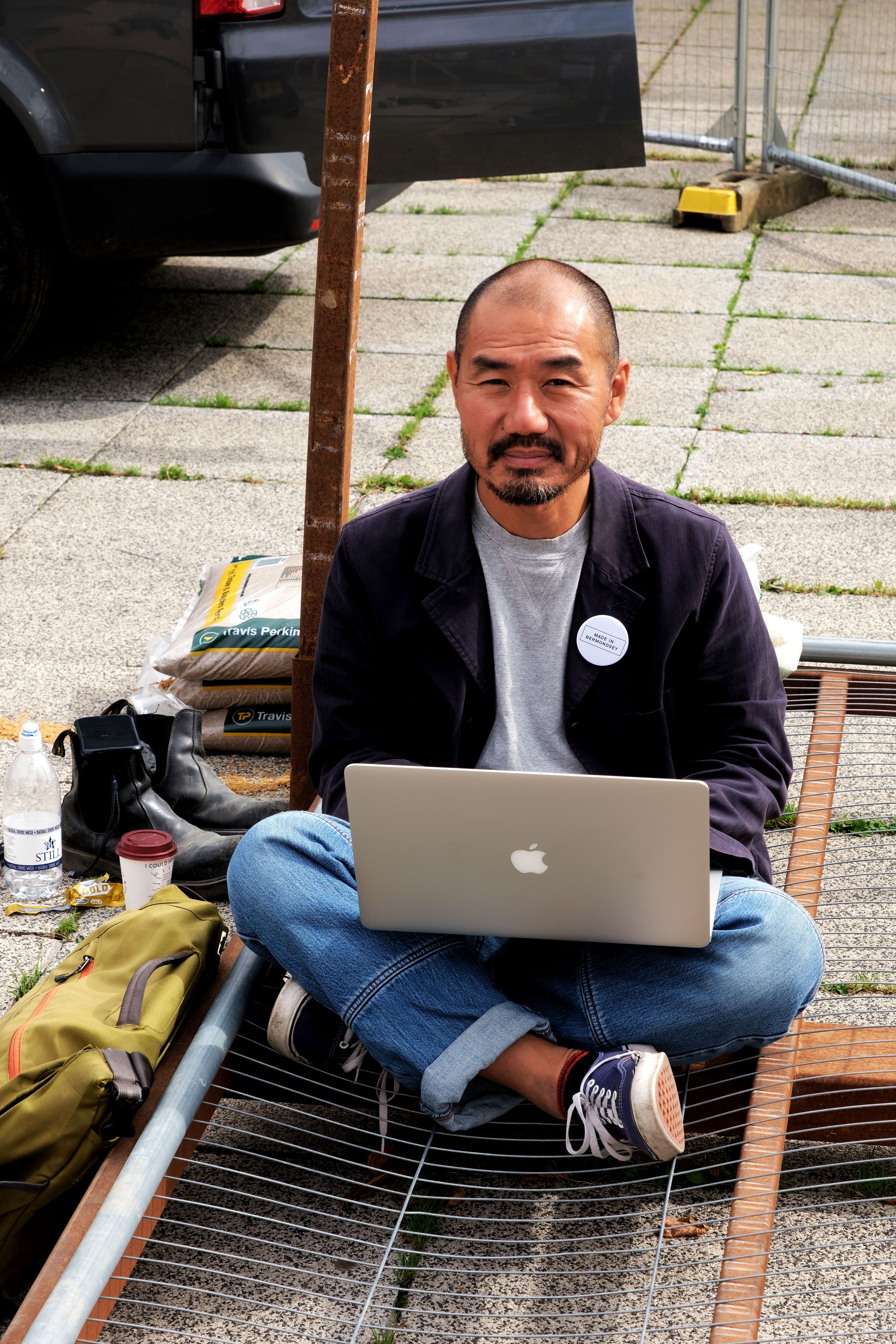
Takeshi: 'Takeshi Hayatsu on site at Milton Keynes during the construction of the Modernist Glade. Takeshi casually sits on top of some materials in the square, working on his laptop – a quiet gesture that shows his engagement with the place itself.'
W*: What is the subject’s role in this photographic approach? Does it differ (and how) from more traditional architectural photography?
MC: I think with this approach, there is a level of intimacy required between the photographer and subject, more akin to portrait photography. Architectural photography is generally voyeuristic – the photographer quietly stands from afar and does not engage with the subject, the architecture or its occupants. The snapshot requires more time to engage with the subject to build some type of trust that allows the photographs to seem more intimate.

Kanzlei Strasse: 'Kanzleistrasse 95 is a social housing project by Lütjens Padmanabhan in Zurich. The building’s rich, ornate façade has been carefully restored with its subtle, tonal quality preserved. Bright green windows and doors at the base hint that the building has come back to life. The green colour directly references James Stirling’s iconic green, seen in the Neue Staatsgalerie in Stuttgart and the Clore Gallery at Tate Britain. Today, this loud green has become part of the repertoire of Lütjens Padmanabhan and other European architects fascinated by Stirling’s postmodern period.'
W*: What are you hoping the visitor will take away from the show?
MC: That they can see the possibility to describe architecture in a different way.
'Bad Language' is on view 26 September – 6 December 2025 at the Front Members’ Room and AA Bar at the Architectural Association in London, UK
Ellie Stathaki is the Architecture & Environment Director at Wallpaper*. She trained as an architect at the Aristotle University of Thessaloniki in Greece and studied architectural history at the Bartlett in London. Now an established journalist, she has been a member of the Wallpaper* team since 2006, visiting buildings across the globe and interviewing leading architects such as Tadao Ando and Rem Koolhaas. Ellie has also taken part in judging panels, moderated events, curated shows and contributed in books, such as The Contemporary House (Thames & Hudson, 2018), Glenn Sestig Architecture Diary (2020) and House London (2022).
-
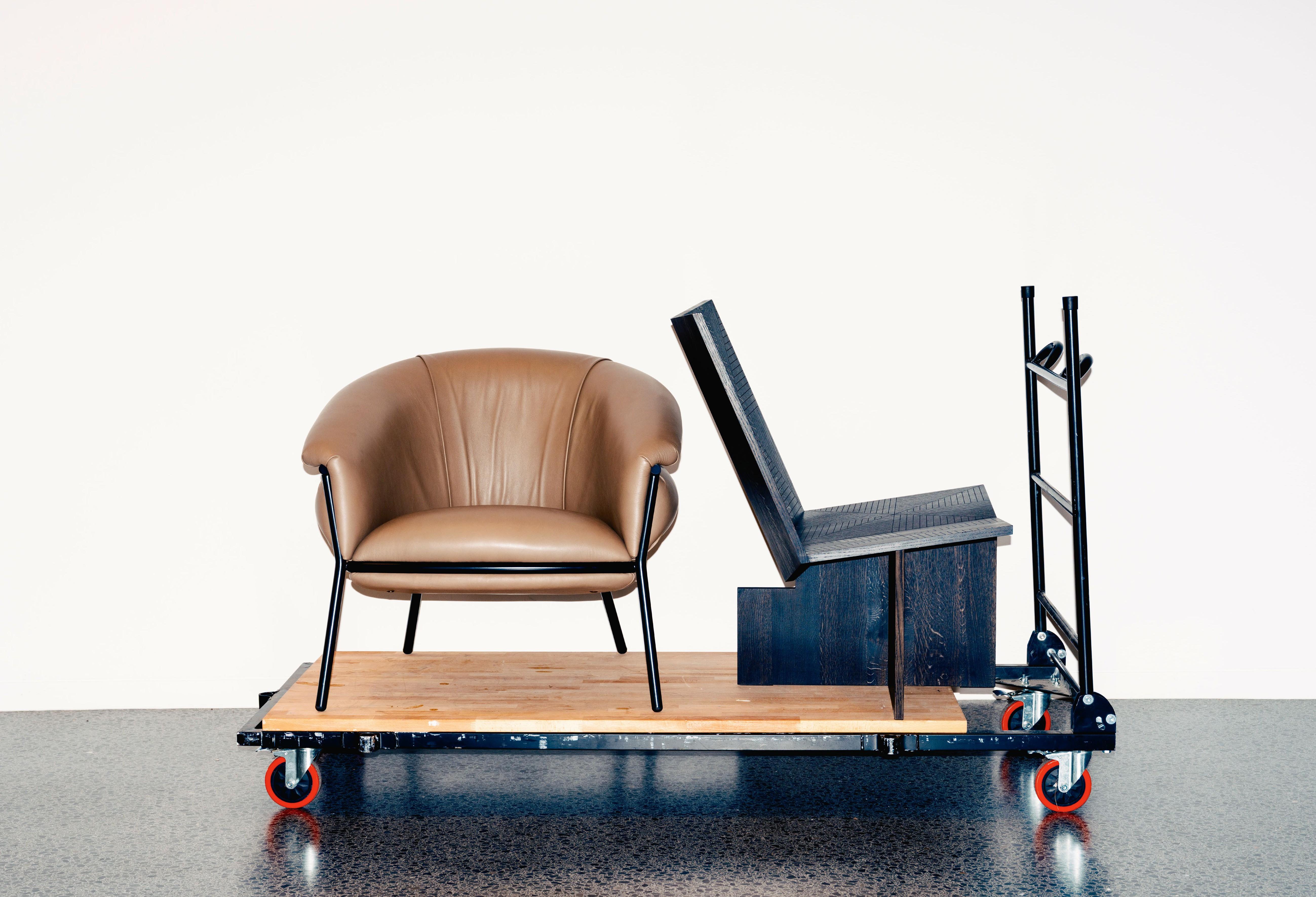 The furniture for the new Studio Museum in Harlem tells a story of its own
The furniture for the new Studio Museum in Harlem tells a story of its ownFurnishings at the new purpose-built home for New York’s Studio Museum in Harlem sit in harmony with its mission as an uplifting platform for artists of African descent
-
 A new show at Edinburgh gallery Bard celebrates the everyday poetry of craft through the optimism of a hardware shop
A new show at Edinburgh gallery Bard celebrates the everyday poetry of craft through the optimism of a hardware shopOpening at Scottish gallery Bard, Bardware celebrates craft with the 'robust joy of a hardware shop'
-
 Kiko Kostadinov’s one-off London runway show was inspired by the designers’ Lakeland terrier, Dante
Kiko Kostadinov’s one-off London runway show was inspired by the designers’ Lakeland terrier, DanteTaking place in the brand’s new east London headquarters on Friday, the co-ed show saw designers Kiko Kostadinov and Laura and Deanna Fanning use the dog’s northern origins to inspire a collection which drew on the British countryside
-
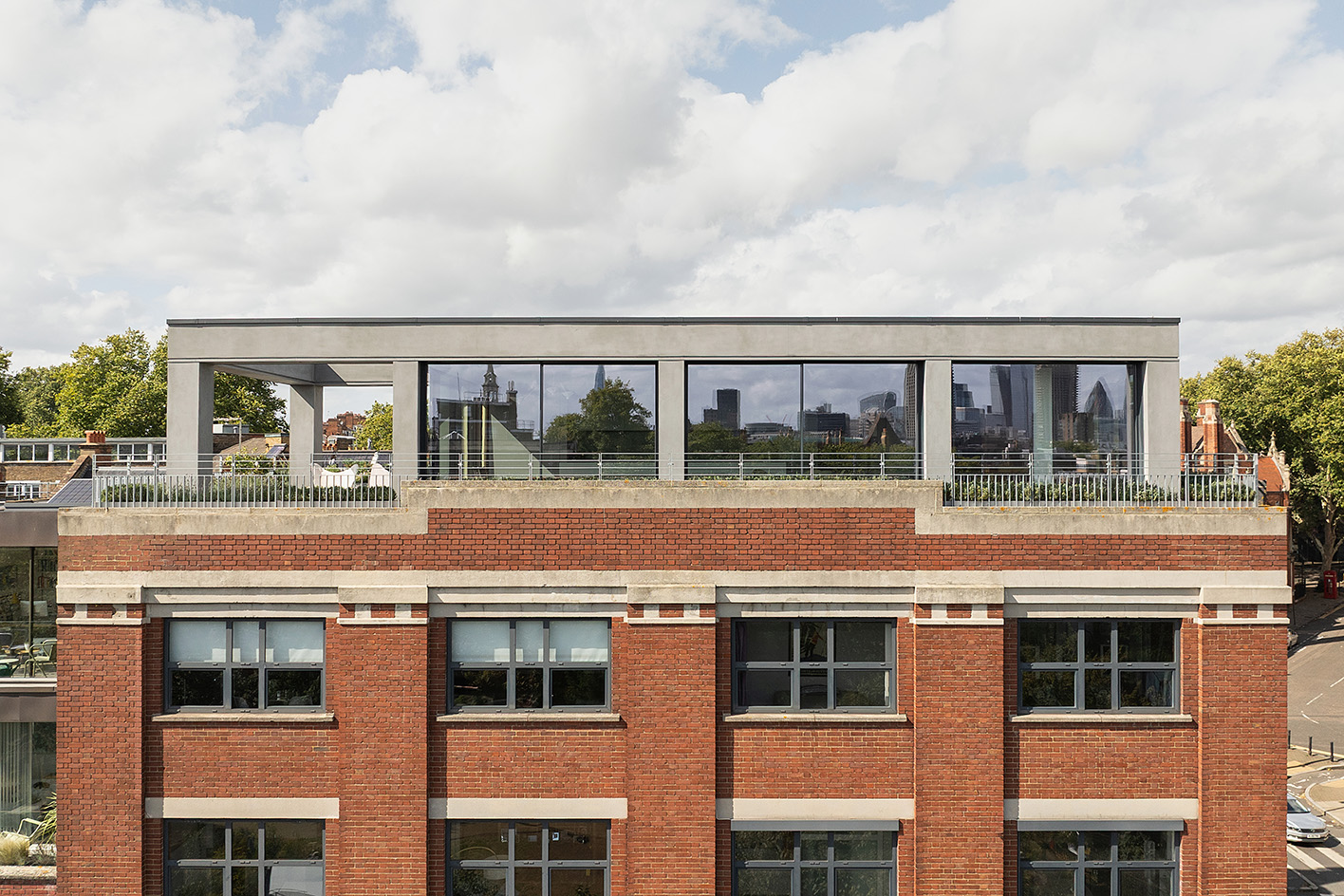 Step inside this Clerkenwell Rooftop, transformed into a minimalist urban abode
Step inside this Clerkenwell Rooftop, transformed into a minimalist urban abodeA Clerkenwell Rooftop has been transformed by Studio Felicity Bell into a minimalist modern home, featuring airy interiors and long views of London
-
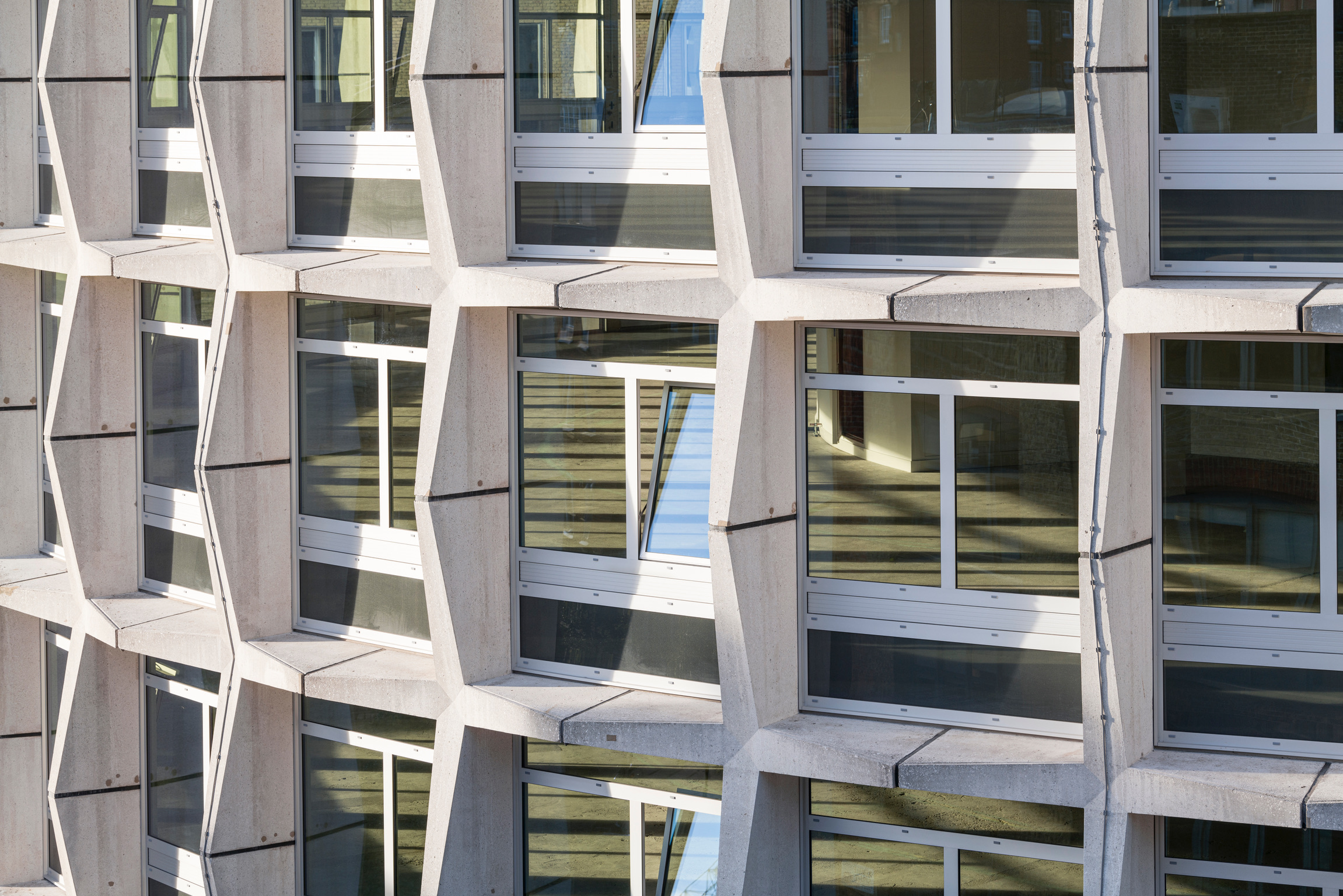 Richard Seifert's London: 'Urban, modern and bombastically brutalist'
Richard Seifert's London: 'Urban, modern and bombastically brutalist'London is full of Richard Seifert buildings, sprinkled with the 20th-century architect's magic and uncompromising style; here, we explore his prolific and, at times, controversial career
-
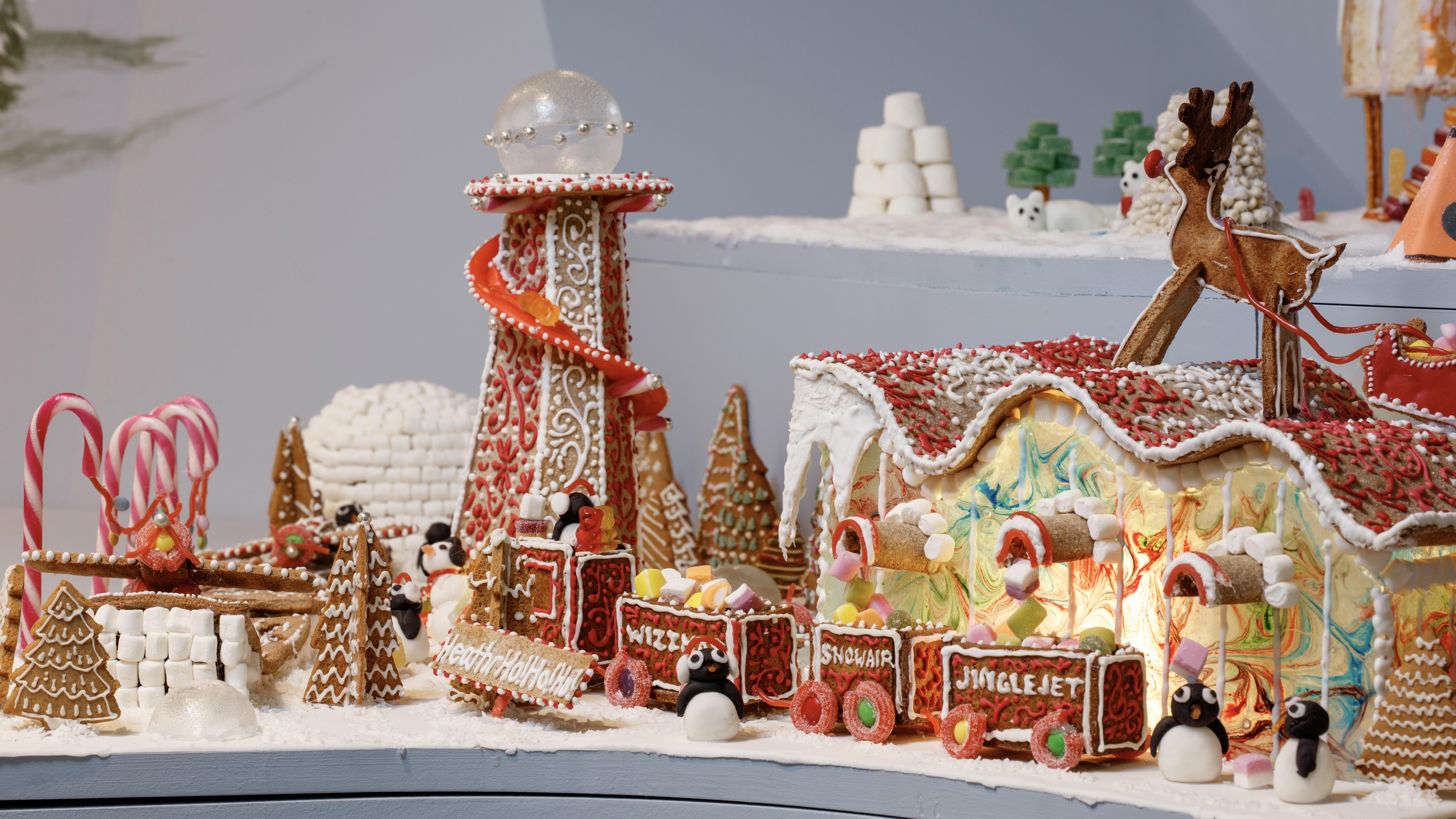 Welcome to The Gingerbread City – a baked metropolis exploring the idea of urban ‘play’
Welcome to The Gingerbread City – a baked metropolis exploring the idea of urban ‘play’The Museum of Architecture’s annual exhibition challenges professionals to construct an imaginary, interactive city entirely out of gingerbread
-
 The Architecture Edit: Wallpaper’s houses of the month
The Architecture Edit: Wallpaper’s houses of the monthFrom Malibu beach pads to cosy cabins blanketed in snow, Wallpaper* has featured some incredible homes this month. We profile our favourites below
-
 Meet Forefront, a cultural platform redefining the relationship between art and architecture
Meet Forefront, a cultural platform redefining the relationship between art and architectureForefront co-founder Dicle Guntas, managing director of developer HGG, tells us about the exciting new initiative and its debut exhibition, a show of lumino-kinetic sculptures in London
-
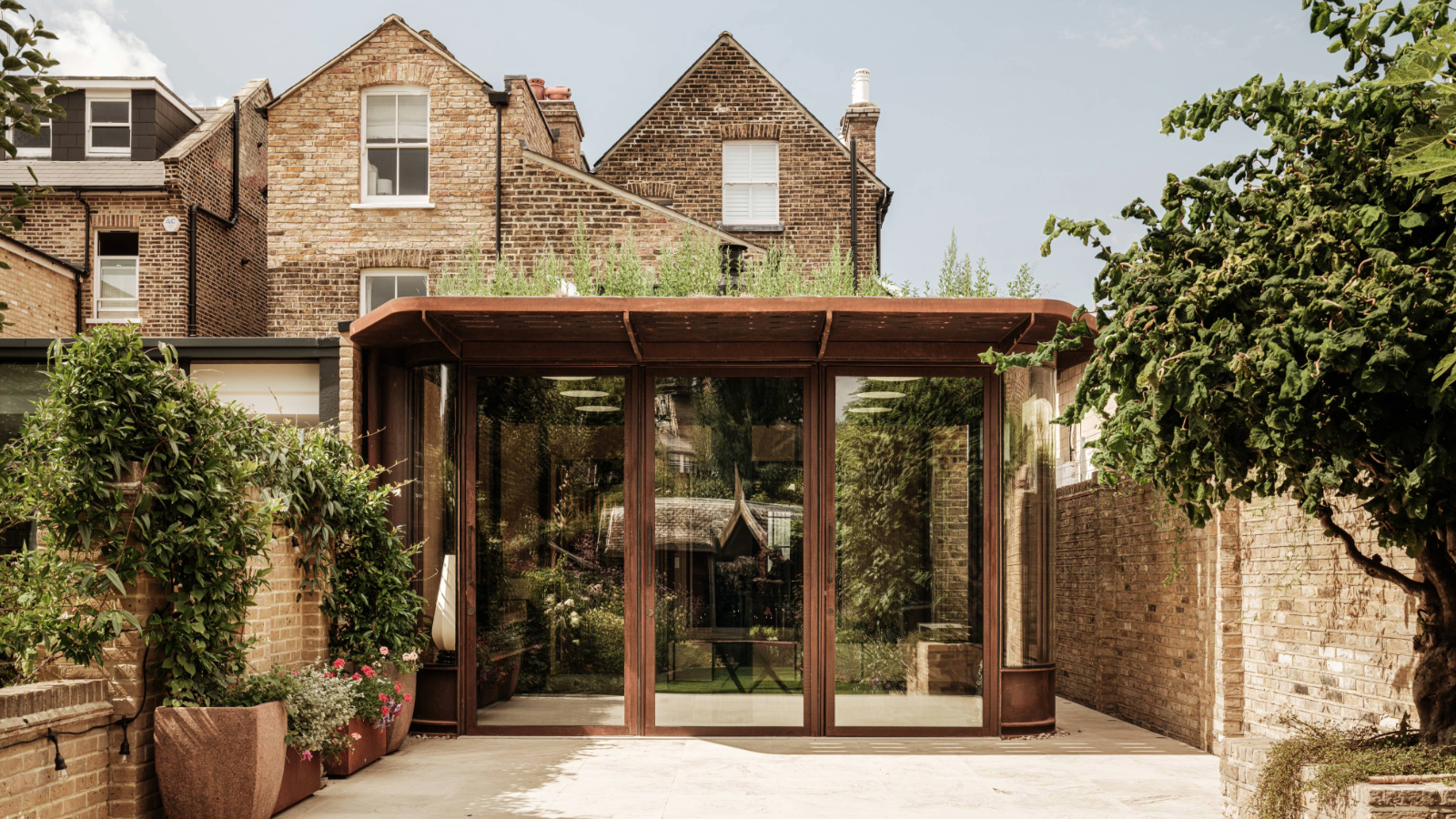 Corten curves and contemporary flair transform this terraced house in London
Corten curves and contemporary flair transform this terraced house in LondonCagni Williams Associates’ sensitive refurbishment of a south London Edwardian house features a striking and sustainable Corten steel extension
-
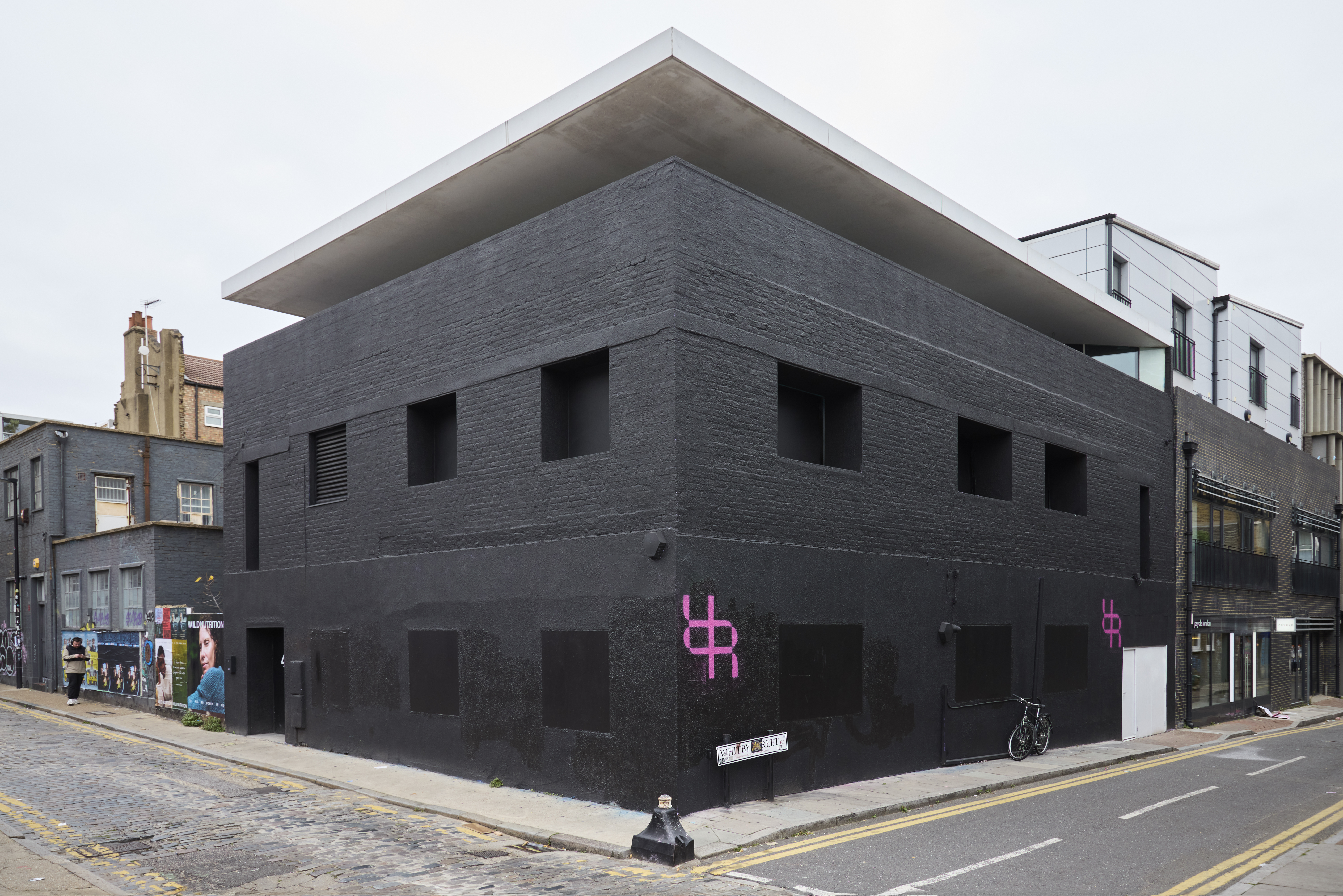 You may know it as ‘Dirty House’ – now, The Rogue Room brings 21st-century wellness to Shoreditch
You may know it as ‘Dirty House’ – now, The Rogue Room brings 21st-century wellness to ShoreditchThe Rogue Room – set in the building formerly known as Dirty House by Sir David Adjaye, now reinvented by Studioshaw – bridges wellness and culture in London's Shoreditch
-
 The architectural innovation hidden in plain sight at Frieze London 2025
The architectural innovation hidden in plain sight at Frieze London 2025The 2025 Frieze entrance pavilions launch this week alongside the art fair, showcasing a brand-new, modular building system set to shake up the architecture of large-scale events